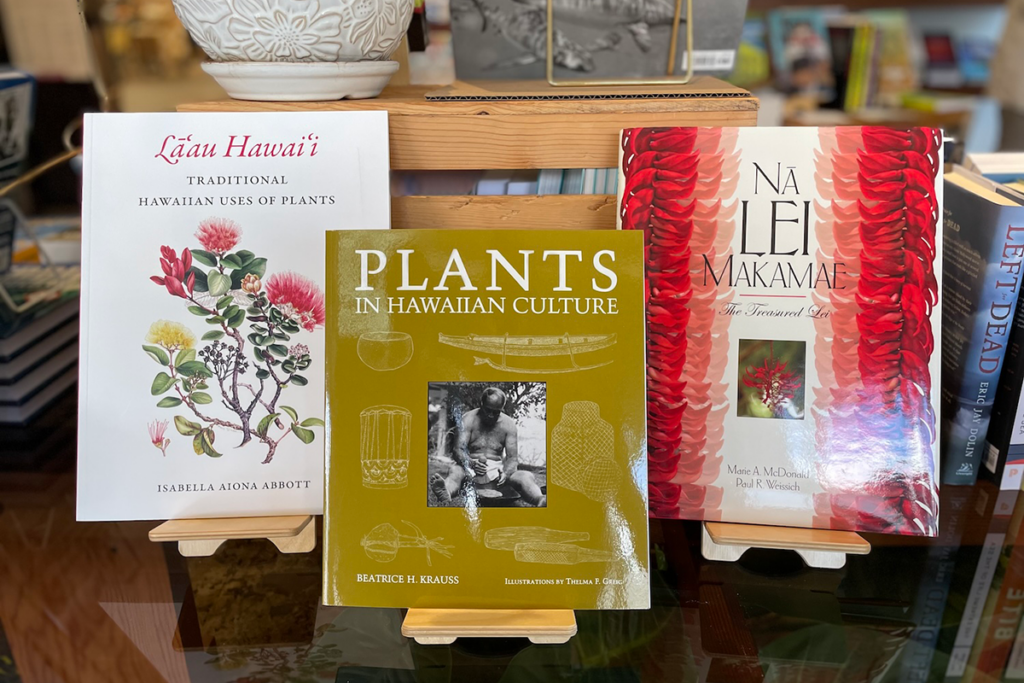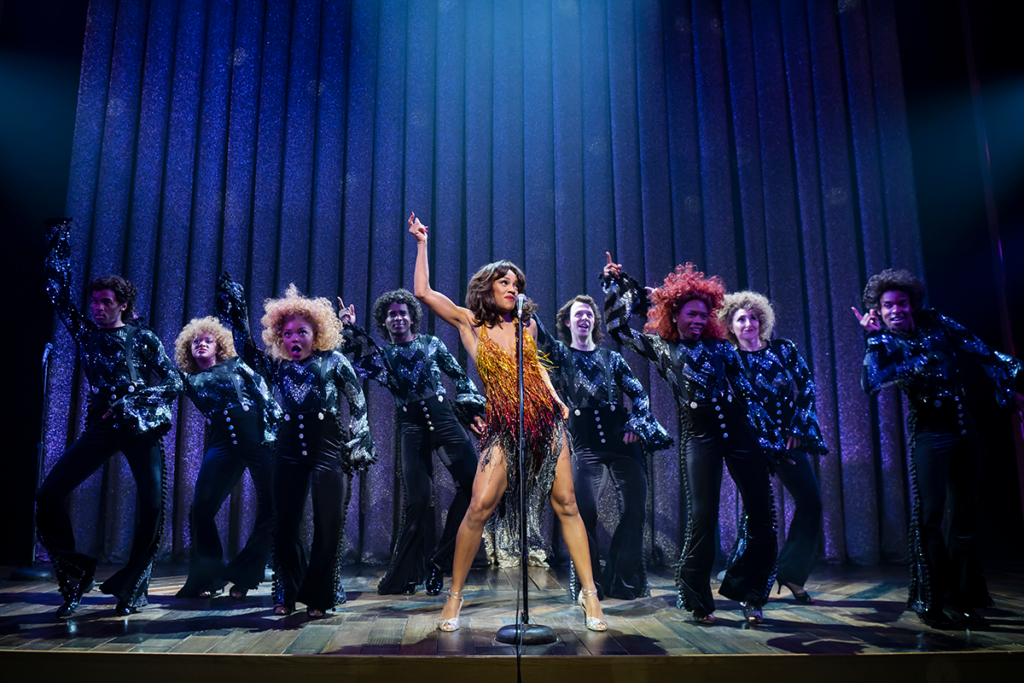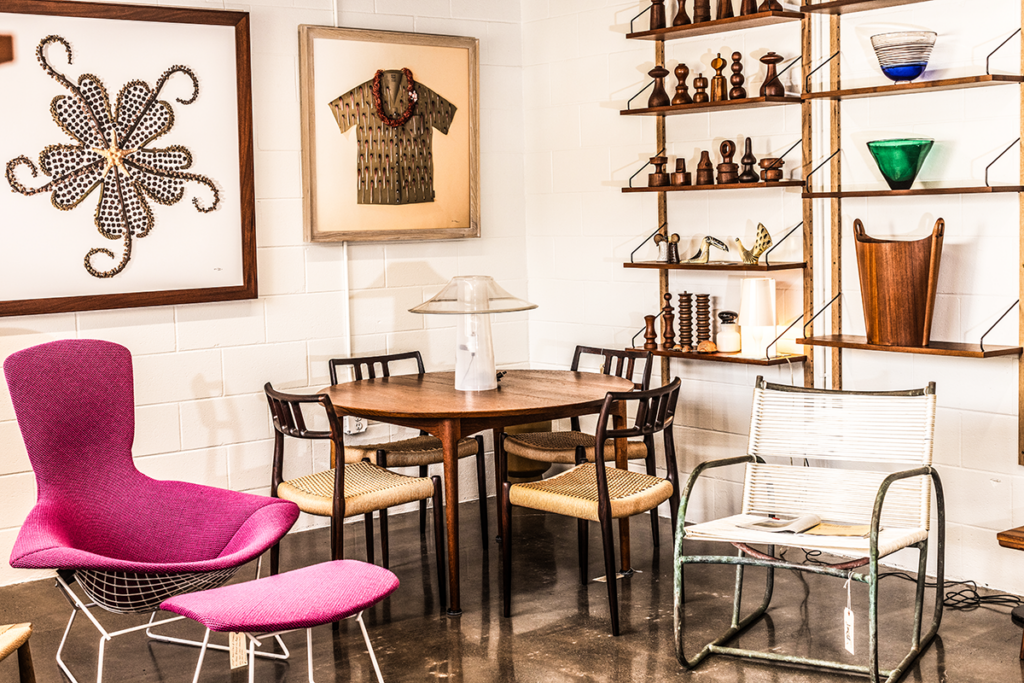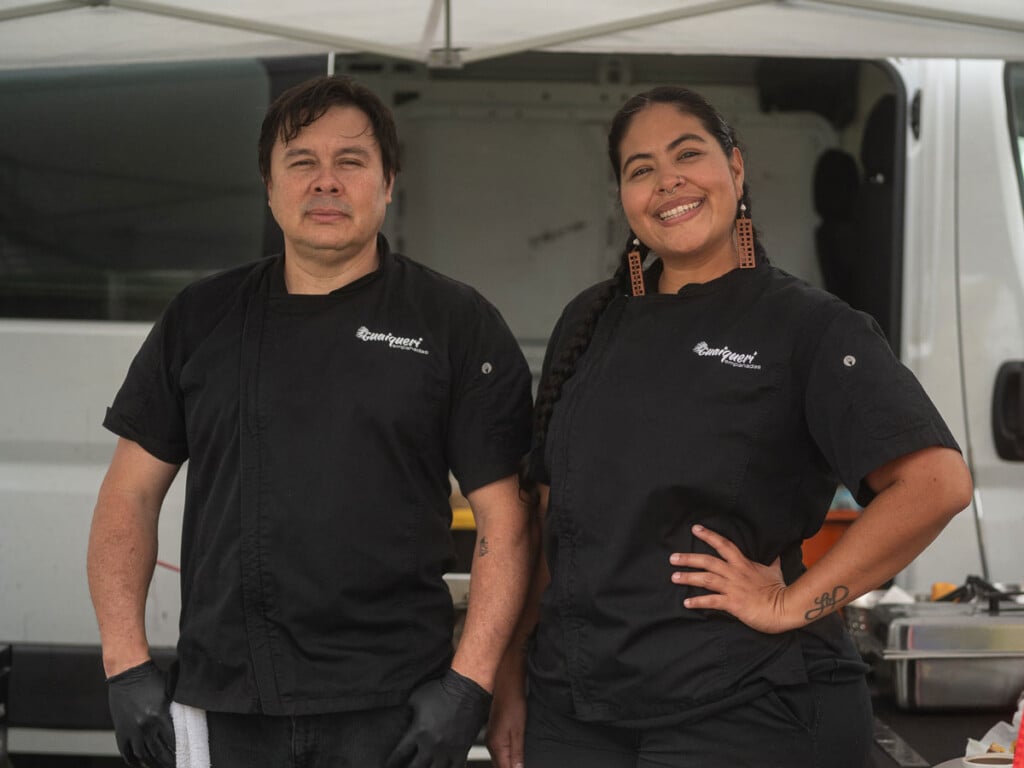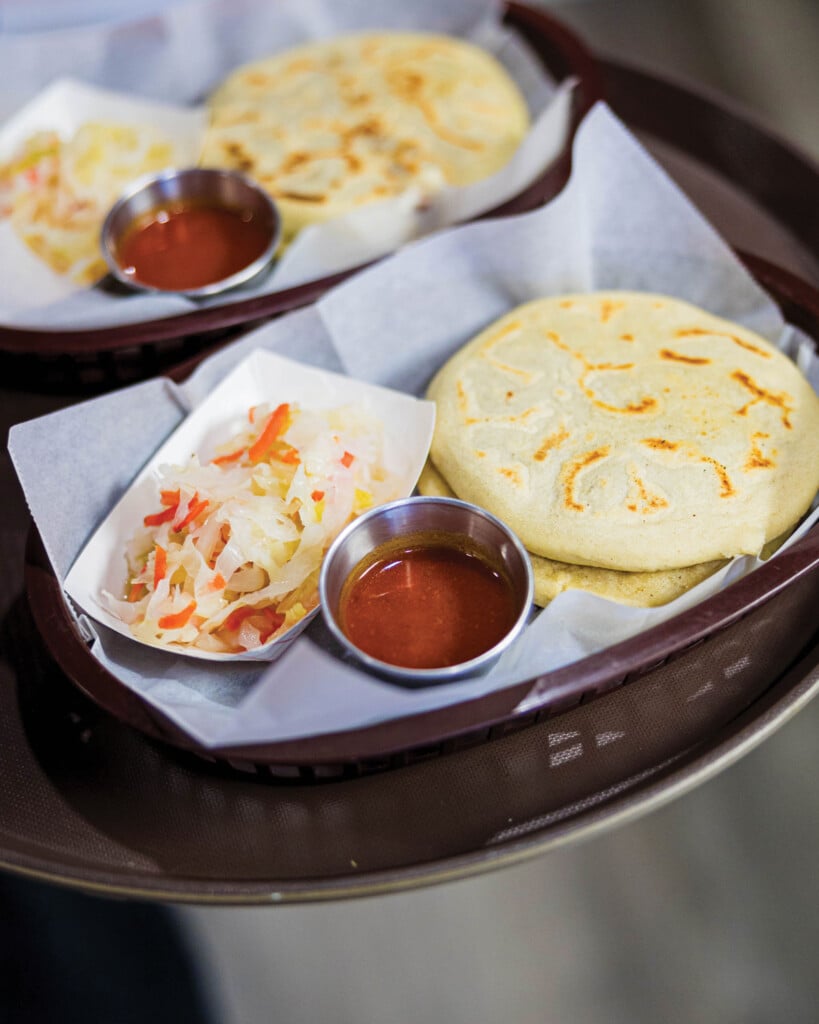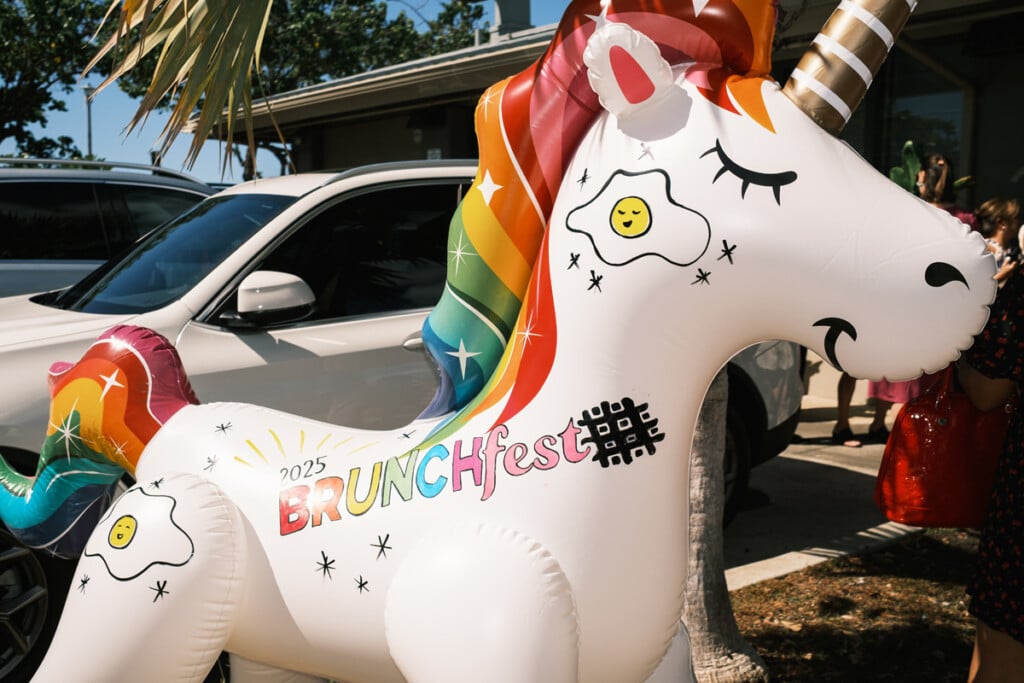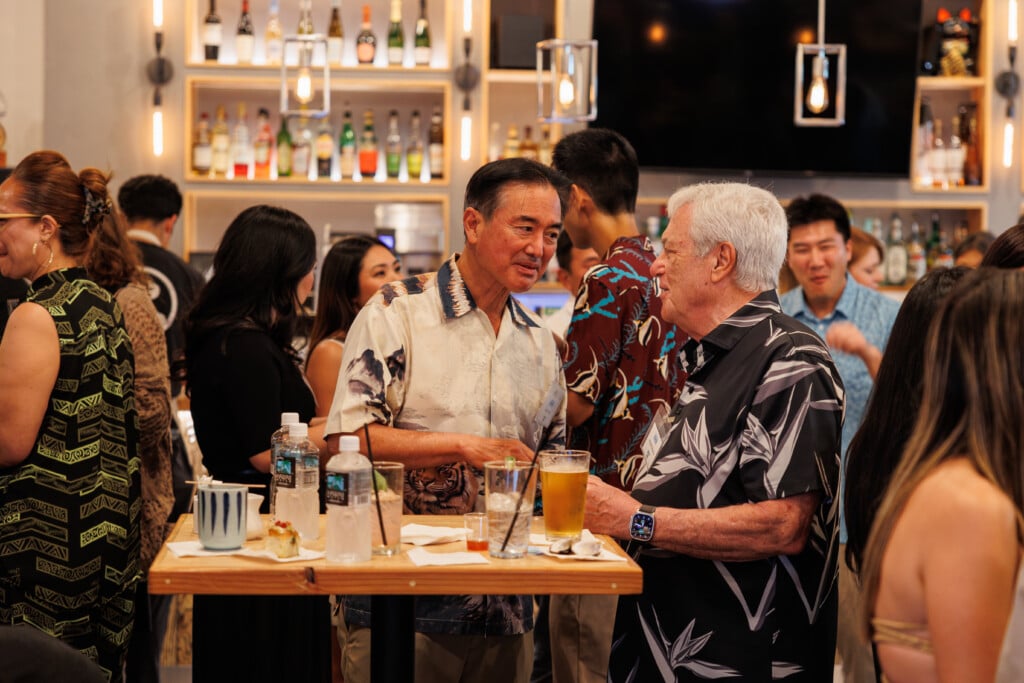7 Questions with Writer Lee Cataluna
The playwright and author will present a talk and sign copies of her new publication, Flowers of Hawai‘i and Other Plays, on Saturday, Nov. 12.
Lee Cataluna is an award-winning writer of stories that represent the diversity of our local identity and culture. Her writing reflects the lives of local readers and audiences of all ages who find familiarity, connection and representation in her picture books, essays, plays and more.
We caught up with Cataluna to ask a few questions about her newest book, Flowers of Hawai‘i and Other Plays, her writing process, and what she’s reading now.

Photo: Courtesy of Lee Cataluna
With such a vast body of work to draw from, how did you decide on these four plays to gather in a single book, Flowers of Hawai‘i and Other Plays?
The publisher was most interested in the play Flowers of Hawaiʻi, which is one of my favorites, too. That’s a play that has been produced in Honolulu, both live and on Zoom; workshopped in New York City, Los Angeles and at Chautauqua Institute … and I’ve enjoyed working with very different casts and directors on that piece. Aloha Attire was written as a prequel to Flowers of Hawaiʻi, so it made sense to have those two plays together. The term “flowers of Hawai‘i” is a poetic reference to the people of Hawai‘i, and so the other two plays (The Great Kaua‘i Train Robbery and Uncle’s Regularly Scheduled Garage Party is Cancelled Tonight) were chosen because they’re also about Hawai‘i people and relationships.
An audience’s experience with a narrative of a play seems to rely heavily on the performance aspect. How do you hope readers will experience this collection of scripts?
It is a very different experience to read a play rather than see it performed onstage, but the advantage to having it in a printed form is that one can more easily spend time with the words, study the structure and analyze the story. Another advantage to a printed script is for acting students doing scene work or looking for a monologue.
SEE ALSO: 5 New Books By Hawai‘i Authors
When you think of an idea or a question you want to explore, how do you settle on the format it will eventually be developed into, be it picture book, play, short story, article, etc.?
It depends on who is waiting on a project from me! Like many writers, I keep lists of ideas so that when something pops into my mind, it doesn’t get lost. The best ideas keep bugging me until I do something with them, and it’s usually pretty clear what format they should take. Some ideas are the right size for a picture book. Some want to jump off the page onto the stage. Some need to just stay on the list for amusement purposes but never need to turn into a project.
You write stories with diverse local voices and perspectives for an equally diverse audience. With so many dynamics of communication at play, do you adapt your approach for each project or are there universal principles in writing that tend to guide you?
I do both, I guess. I do think about the audience and context. I also write plays for children and families, and for those pieces, a great deal of thought and care goes into crafting the story and there’s always a period of “trying stuff out” on audiences while there’s still time to rewrite and rethink the play. There are principles of clear writing and impactful storytelling that carry across most forms, though. A character needs to want something very badly and obstacles must get in that character’s way––principles like that.

Photo: Courtesy of da Shop: Books + Curiosities
Has the pandemic shifted how you write plays, whether it’s limiting cast sizes, creating scenes that play well for a virtual presentation vs. in-person, etc.?
The biggest impact of the pandemic on my work was to get me “in the room” at theaters across the country. When the stage shows stopped and theaters started doing virtual meetings for playwrights, I got to connect to theaters I hadn’t worked with before and meet theater makers who became friends. That brought many opportunities for me to write for different theaters and different audiences. I did write many pieces for virtual theater during the pandemic (Aloha Attire, for example), but at the moment, I’m one of those people who is so excited to get back to live theater that I haven’t written for virtual theater in a while.
Are you seeing any trends with local writing that get you excited? Anything you hope to see?
The most exciting work in Hawai‘i theater is coming from Tammy Haili‘ōpua Baker’s Hana Keaka theater program at UH Mānoa. The students are exploring new forms, creating new narratives, totally shaping what Hawaiian theater is now and could be. I’m always so blown away by the depth and breadth of the work emerging from the program.
SEE ALSO: From Dark Horses to Debuts: The Fall Book Season is Dazzling
Finally, what are you reading these days?
I’m reading News from Molokai, the collection of letters between Queen Emma and her cousin Peter Kaeo between 1873 and 1876.
You can hear Lee Cataluna talk about her new publication, Flowers of Hawai‘i and Other Plays, followed by a book signing on Saturday, Nov. 12, from 4–6 p.m. at da Shop: Books + Curiosities in Kaimukī.
Da Shop: Books + Curiosities, 3565 Harding Ave., (808) 421-9460, dashophnl.com, @dashophnl
